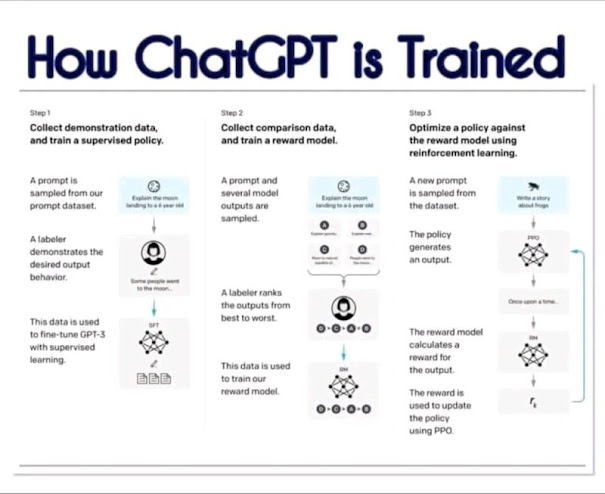Product managers, Templates that you use for your day-to-day?

🌟 Product managers, Templates that you use for your day-to-day? ✨ Yes, product managers often use templates to streamline their work and save time. Some common templates used by product managers include: 1. Product roadmap templates 2. Product backlog templates 3. User story templates 4. SWOT analysis templates 5. Competitor analysis templates 6. Customer feedback templates 7. Sprint review templates 8. Release plan templates These templates can be customized to fit the specific needs of the product and organization.



